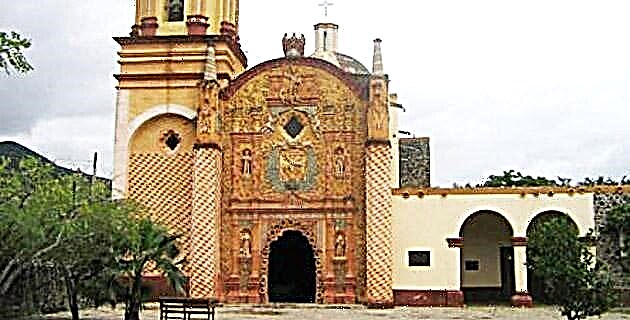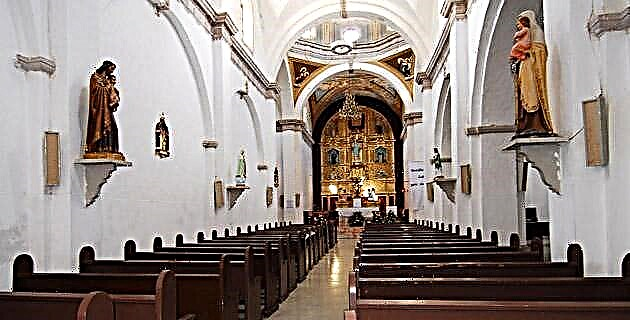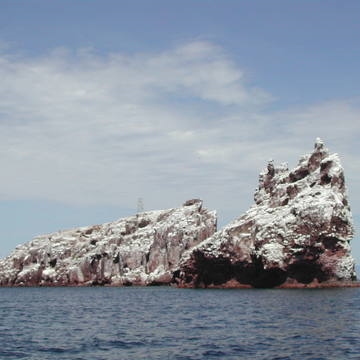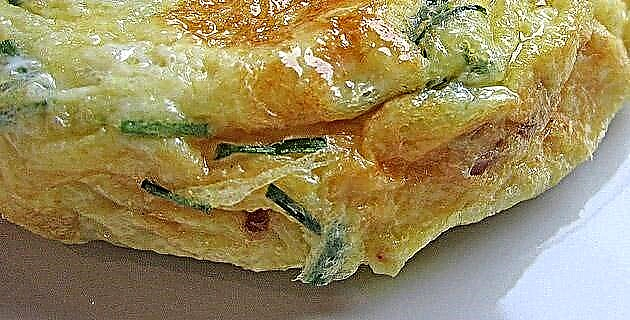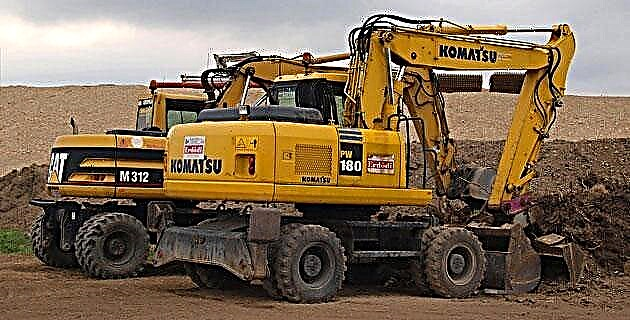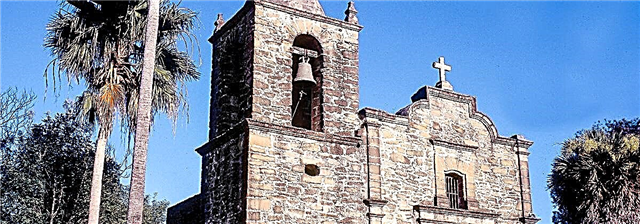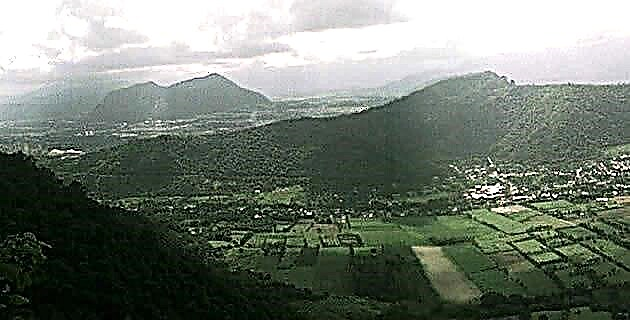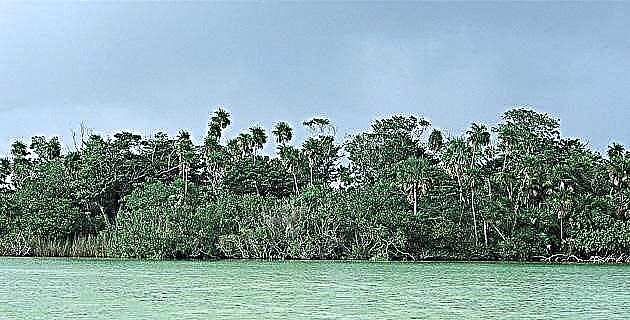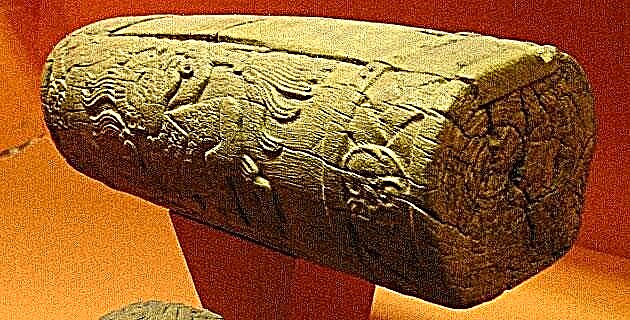
Pre-Hispanic musicians had an impressive wealth of musical instruments, including the drum, which accompanied the dances of our ancestors. Today, and thanks to respect for the pre-Hispanic musical tradition, we still listen to the huéhuetl and the teponaztli in the middle of the squares, in popular religious celebrations, in concerts, in records and in movies.
The culture of our ancestors is rich in tradition, sublimated by remnants of stone translated into honorable palaces that still stand today in pyramids and archaeological sites, highlighted by frets and artistic compositions that are also observed in murals and codices of a clearly Mexican graphic. The inheritance does not end here, it is followed by flavors and smells impregnated with a very particular characteristic.
Few times, however, are the origins of the sounds of ancient Mexico remembered, where written testimonies assure that music was especially important in pre-Hispanic times. Several codices show how ancient cultures believed in musical instruments, not only as one of the means of calling or worshiping the gods, but also serving the population to establish communication with their dead. Thus, long before the Spanish came to colonize these lands, the indigenous people possessed an impressive wealth of musical instruments, among them the drum, which with the rimbombar of its splendid sounds accompanied with emphasis the spectacular dances of our ancestors.
But the drums were not the only instruments, but they had different types of percussions and other results of the diaphanous imagination to reproduce the natural sounds of the environment, creating, therefore, in addition to the basic tones of bass and treble, a high and complicated polyphony of scales until today, it is said, difficult to record, since pre-Hispanic musicians did not have a coordinated intonation system, but responded to the sensitivity and need to recreate, through parties, rituals and ceremonies, magic of that time. These sounds formed the basis of music for hunting, warfare, rituals, and ceremonies, as well as erotic and popular music used in celebrations such as births, baptisms, and deaths.
Other instruments include names such as the ayacaxtli and the chicahuaztli, which produced delicate whispers, while the aztecolli, and the tecciztli were trumpets used as signs of war. Among the percussion instruments we find the ayotl, made with turtle shells, as well as the huéhuetl and the teponaztli, we will deal with the latter to discover some of their characteristics.
The huéhuetl and the teponaztli fortunately survived the Spanish conquest; some specimens are currently exhibited in the National Museum of Anthropology. Nowadays, thanks to the interest in the tradition of pre-Hispanic music by dancers and musicians, as well as the experimentation of a contemporary search that has ancestral rhythms as its key, instruments of the past are still being reproduced.
Thus, we again hear the huéhuetl and the teponaztli in the middle of the squares with the dancers around them, in religious celebrations, in concerts, on records and film tapes. Many of these instruments are his own creations or faithful reproductions of the originals; which, however, would not be possible without the skillful hand of a popular artist, such as Don Máximo Ibarra, a renowned woodcarver from San Juan Tehuiztlán, in Amecameca, State of Mexico.
Since he was a child, Don Máximo distinguished himself as a serious and taciturn craftsman who with dedication and love has given himself to this trade that has valued the roots of our ancestral sounds, working with wood and training his children and other carvers who have learned the trade. offering the promise that said art will not disappear. Of humble extraction, with wisdom in his hands, Don Máximo recreates treasures from a distant world, where the real meets the unreal, extracting from a simple tree trunk not only the shape but the strong and vibrant sounds of a country that it expresses itself in all its splendor through them.
Discovered by the musician and collector of instruments Víctor Fosado and by the writer Carlos Monsiváis, Don Max, from stone carver to craftsman of statues and idols, and after wood carver, creator of deaths, masks, devils and virgins, he became He is a specialist in primitive art and one of the few artisans who currently make huéhuetl and teponaztli. His discoverers showed him for the first time a huéhuetl with the carving of jaguars and a teponaztli with the head of a dog. "I liked them a lot," recalls Mr. Ibarra. They told me: you are a descendant of all these characters ”. Since then, and for almost 40 years, Don Max has not stopped his work.
The utensils that he uses are different and some of his own creation, such as the auger, tweezers for plucking, burins, wedges, gouges of different sizes, keyboards to remove the key, chisel to carve the corners, forms that will serve to hollow out the tree trunk. Once you have the trunk, which can be pine, they are left to dry for 20 days; then it begins to hollow out, giving it the shape of a barrel and with the established measures; when you have the thickness of the hole, the cleaning size follows. The drawing is chosen and it is traced with a pencil on the trunk, in order to give rise to the artistic carving. The time taken is approximately half a year, although it depends on the difficulty of the drawing. In ancient times deer or wild boar skin was used for drums, today thick or thin beef skins are used. The drawings are copies of the codices or of his own invention, where the heads of snakes, Aztec suns, eagles and other icons surround the imaginary world of the instruments.
At first the greatest difficulty was represented by the sounds, through the realization of the keys, the tackle, the embedments and the headings of the teponaztli, but with ingenuity and a lyrically learned technique, little by little the small tree trunks began to be translated into sounds. Mr. Ibarra is inspired by the volcano and its surroundings. “To do this type of work - he tells us - you have to feel it, not everyone has the capacity. The place helps us because we are close to vegetation, springs and although the volcano casts ash we love Popo very much, we feel its strength and its rich nature ”. And if for pre-Hispanic indigenous music the most important aspect was communication with nature, where the musicians listened to their voice to try to understand the perfect rhythm, through the calm of the wind, the deep silence of the sea or the land and falling water, rains and waterfalls, we understand why Don Max is capable of turning his creation into mystical sounds.
On the slopes of the volcano, in a bucolic atmosphere and surrounded by his grandchildren, Don Max works patiently in the shade. There he will turn the tree trunk into huéhuetl or teponaztli, in ancestral shapes and sounds; thus we will hear the deep echoes of a past, magical and mysterious like the rhythms of the drum.

